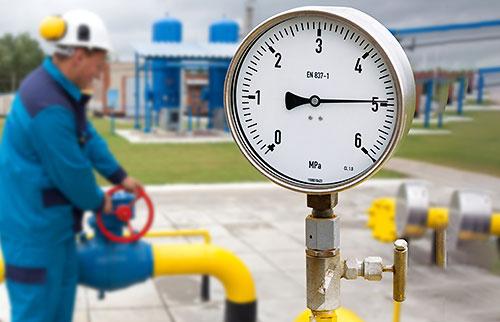Buy and assign to
multiple learners
Instant access
via email link
Instant certificate
via email
Further Information - Gas Measurement (Maritime) Training
Description
Who is this course for?
This Gas Measurement (Maritime) Training Course is relevant for all personnel involved in the planning, execution or supervision of gas measurement on board.
Is previous experience required?
You do not need prior knowledge or experience to complete this course and it is assumed that you are competent in your designated role
How will this course benefit me?
This course aims to provide learners with an introduction to dangerous atmospheres on board, how to detect and measure toxic and flammable gases, and the precautions and procedures to follow when entering confined spaces, enhancing their safety mindset.
How will this course benefit my company?
This course aims to provide information about the types of gases found in the maritime industry, the hazards involved when dealing with these substances and provides a general knowledge of how these gases are detected and measured in order to reduce incidents related to gas measurement.
What standards are referred to in this course?
• International Convention for the Safety of Life at Sea (SOLAS)
• International Safety Guide for Oil Tankers and Terminals
Is there an assessment?
Once you have completed the course, you will be asked a series of questions to check your knowledge and understanding. These are based on the learning objectives for the course and have a pass mark of 70%.
Learning Objectives
• Identify what constitutes a dangerous atmosphere on board
• Describe the types of atmospheres on board a vessel that can be detrimental to your health, and can even prove fatal
• Describe the different types of flammable gases found in the maritime industry
• Describe the different toxic gases found in the maritime industry
• Describe the detection methods for flammable and toxic gases
• Explain the precautions that must be taken when dealing with flammable and toxic gases
• Explain why, in the past, coal miners took canaries into coal mines
• Describe the most common ways of detecting gas
• Describe different portable gas detection technologies
• Describe portable gas detection technologies in detail
• Describe the main differences between aspirated and non-aspirated gas detectors
• Describe the standard calibration checks to be carried out prior to use of the gas monitor
• Describe the proper use of the gas detector
• Describe the older technology gas monitors and the restrictions in their use
• Describe the most important aspect in choosing a gas detector
• Describe how to measure flammable gases
• Describe the monitoring of gases above the LEL range
• Describe the symptoms of oxygen enrichment and oxygen deficiency
• Explain how carbon monoxide is formed and why it can be dangerous to humans
• Explain what hydrogen sulphide (H2S) is, and how it can be dangerous to humans
• Identify the spaces on board a vessel that can be considered to be a confined space
• Describe what an enclosed space is and provide examples of confined spaces
• Describe the respiratory hazards related to confined spaces
• Describe the basic requirements for entering confined spaces
• Explain what precautions must be taken during entry into a confined space
• Identify when it is safe to enter a confined space
• Explain what ‘gas freeing’ is and why it is necessary before entry into a confined space
• Identify the basic principles of inerting and purging
• Identify the dangers associated with inert gases
• Define the basic rules for checking that the atmosphere is safe by testing before entry
Assessment
Once you have completed the course, you will be asked a series of questions to check your knowledge and understanding. These are based on the learning objectives for the course and have a pass mark of 70%.
System Requirements
• Internet access - users will need a device with a web browser and internet connection
• System - runs on computers, tablets and mobile devices using Windows 7 and above and MAC OS devices running IOS 11 and above
• Browsers - Edge, Chrome, Firefox and Safari
• Minimum browser size - none
• Audio - requires device speaker or headphones
Recommended Courses
Reviews
Insights & News
At Mintra, we're so much more than just a team—we're a force driving innovation and excellence in maritime training across Europe.
We’re excited to be taking the stage at one of Europe’s leading showcases of organisational learning.
We are delighted to share the exciting news that our People and Culture team has been shortlisted for the prestigious cHeRries Awards!
